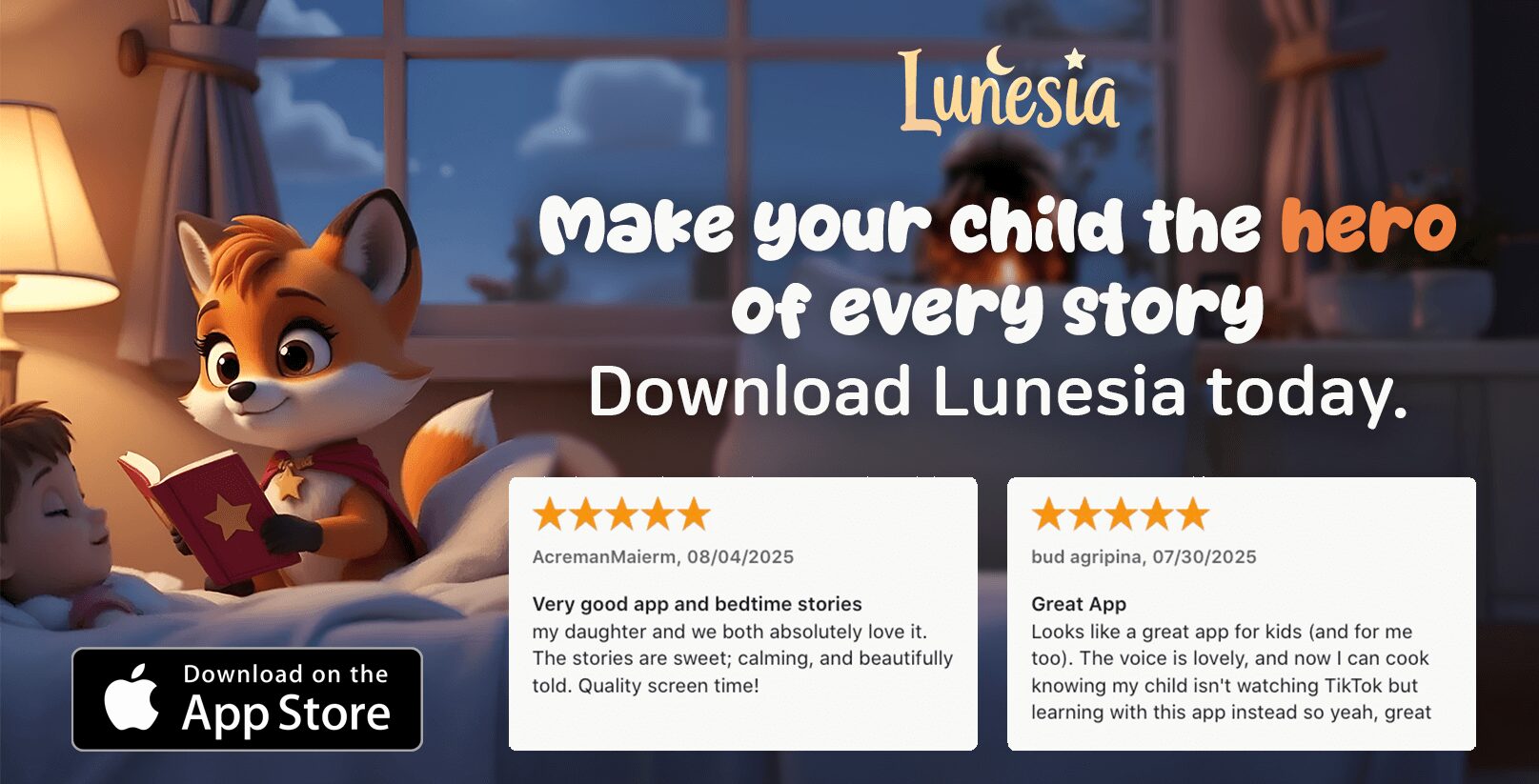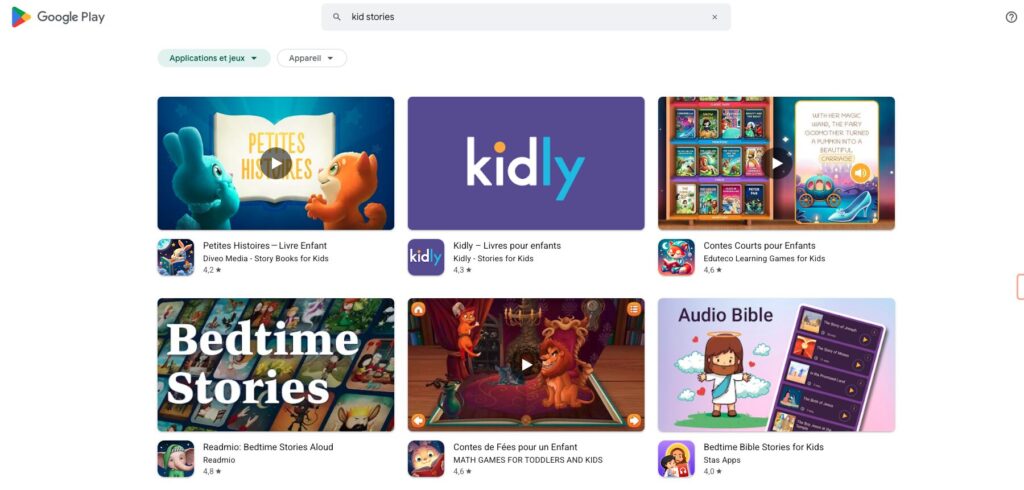Ever found yourself singing “The Wheels on the Bus” for the tenth time in a row? You’re not alone. That repetition isn’t just a toddler’s obsession—it’s a foundation for their growth. Science shows that rhythmic patterns in stories and songs play a crucial role in early learning.

Recent research from the BabyRhythm Project reveals something fascinating: babies process rhythm as early as two months old. Phonetic sounds, on the other hand, only become recognizable at seven months. This means rhythmic speech, like the kind found in nursery rhymes, is a key building block for language skills.
Think of these patterns as scaffolding. They give structure to words, helping children grasp word boundaries, syllable stress, and natural speech flow. Starting these interactions early doesn’t just entertain—it sets the stage for lifelong learning.
So, the next time your little one demands another round of their favorite song, remember: you’re giving them a head start that lasts well into their school years.
The Science Behind Nursery Rhymes and Language Development
Why do babies seem to respond so well to rhythmic patterns in speech? It’s not just about the catchy tunes—it’s about how their brains process information. From the first lullaby to playful chants, rhythm plays a critical role in shaping early communication skills.
How Rhythmic Speech Enhances Early Learning
Rhythm acts like a scaffold for words. It helps babies identify word boundaries and understand syllable stress. For example, the strong-weak pattern in “daddy” makes it easier for them to guess where one word ends and another begins. This natural structure supports their ability to grasp the flow of speech.
Studies show that babies process rhythm as early as two months old. This early exposure lays the groundwork for more complex learning later on. As Professor Goswami puts it, “Speech rhythm is the hidden glue of language development.”
The Role of Phonetic Information in Language Acquisition
While rhythm is processed early, phonetic sounds take longer to develop. Research from the University of Cambridge reveals that babies start encoding phonetic information around seven months. Labial and nasal sounds like “b” and “m” are among the first to emerge.
This timeline highlights a key difference: rhythm clicks at two months, but sounds start sticking at seven months. This staggered process shows how rhythm and phonetic information work together to build a child’s understanding of speech.
Research Findings from the BabyRhythm Project
The BabyRhythm Project has uncovered fascinating insights. Using EEG experiments, scientists measured babies’ brain responses to rhythmic patterns. They found that adults and infants process rhythm and syllables in strikingly similar ways.
This research also links rhythm processing to later language outcomes. For example, rhythm deficits may explain certain language disorders better than phonetic theories. These findings emphasize the importance of incorporating rhythmic activities into early learning.
So, the next time you sing a lullaby or chant a playful rhyme, remember: you’re not just entertaining—you’re building a foundation for lifelong communication skills.
Benefits of Nursery Rhymes for Cognitive and Speech Development
Have you ever wondered why kids can recite every line of their favorite rhymes? It’s not just fun—it’s a powerful tool for their growth. These repetitive patterns help build essential skills that last a lifetime.

Improving Memory and Inferencing Skills
Ever noticed how children remember all 15 verses of “Old MacDonald”? That’s their memory and inferencing at work. Repetition helps them predict what comes next, strengthening their ability to process information.
Studies show that kids who master rhymes perform better in reading and spelling. As Harper (2011) found, rhyme knowledge is a strong predictor of early literacy success.
Enhancing Auditory and Speech Abilities
Tongue-twisting rhymes like “She Sells Seashells” do more than entertain. They strengthen the muscles needed for clear speech. This physical practice builds their ability to articulate words effectively.
According to Lisa Healy of Syncopated Mama, pairing rhymes with fingerplays, like “Itsy Bitsy Spider,” also boosts motor skills. It’s a fun way to combine learning and movement.
Building a Foundation for Reading Comprehension
Rhymes introduce children to story sequencing—beginning, middle, and end. They also teach poetic devices like alliteration, which are key to understanding written language.
Bryant et al. (1989) found that rhyme familiarity bridges socioeconomic gaps in literacy. Kids with rhyme mastery read better, regardless of their background. “Missing ‘Hey Diddle Diddle’ means missing math concepts like patterns and counting disguised as fun!”
For more insights on how rhymes introduce new words and ideas, check out this helpful resource.
Practical Ways to Incorporate Nursery Rhymes at Home
Looking for creative ways to boost your child’s skills through music? Incorporating rhythmic patterns into daily routines can make learning fun and effective. Here’s how you can create a home environment that supports growth through songs and play.
Using Sing-Song Speech with Infants
Infants respond best to high-pitched, slow-tempo speech. This way of talking, often called “infant-directed speech,” helps them focus on sounds and rhythms. Try singing simple songs like “Twinkle, Twinkle, Little Star” with exaggerated pitch changes. It’s a great activity to bond and build early communication skills.
Creating a Rhythmic Learning Environment
Turn your home into a space filled with rhythm. Play background music during playtime or use household items to create beats. For example, shake a rice-filled bottle to the tune of “B-I-N-G-O.” This activity not only entertains but also teaches rhythm and coordination.
Here’s a quick checklist to audit your home rhythm:
- Do you have daily music time?
- Are you emphasizing syllable stress in conversations?
- Are you swapping screen time for rhyme time?
Engaging Activities to Reinforce Language Skills
Get creative with activities that reinforce learning. Host a family “rap battle” using simple verses or create a rhyme-themed scavenger hunt. These playful ways help your child practice new words and sounds. For more ideas, check out this resource on developing vocabulary through songs.
Remember, rotating songs keeps things fresh. Yes, you might get tired of “Baby Shark,” but mixing it up ensures both you and your child stay engaged. “It’s bonding and learning rolled into one!”
Conclusion: The Lasting Impact of Nursery Rhymes on Language Skills
Ever noticed how a simple rhyme can spark a child’s imagination? Those playful verses do more than entertain—they lay a foundation for lifelong learning. From improving reading comprehension to enhancing memory, the benefits are profound.
Rhythm-based learning isn’t just fun; it’s a powerful way to close developmental gaps, especially for at-risk children. By incorporating rhymes into daily routines, you’re setting them up for success in school and beyond.
Start a 5-minute daily rhyme ritual today. Your baby’s future teacher will thank you! And remember, when “Row Your Boat” loops endlessly, smile—you’re building a genius.
We’re all in this together. Let’s make every rhyme count!
FAQ
How do nursery rhymes help with early learning?
Nursery rhymes use rhythmic speech and repetition, which help children recognize patterns and sounds. This enhances their ability to process phonetic information and builds a strong foundation for language skills.
What are the cognitive benefits of nursery rhymes?
They improve memory, inferencing skills, and auditory processing. These activities also encourage children to predict outcomes, which is essential for reading comprehension later on.
Can nursery rhymes improve speech abilities?
Yes! The repetitive sounds and rhythms in nursery rhymes help children practice pronunciation and develop clear speech patterns, making it easier for them to communicate effectively.
How can I use nursery rhymes at home?
Sing or recite rhymes during playtime, bedtime, or daily routines. Use gestures and facial expressions to make it engaging. You can also create a rhythmic environment by clapping or tapping along to the beat.
Are there specific activities to reinforce language skills with nursery rhymes?
Absolutely! Try pausing mid-rhyme to let your child fill in the missing word, or act out the story together. These activities make learning interactive and fun while reinforcing vocabulary and comprehension.



